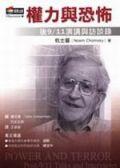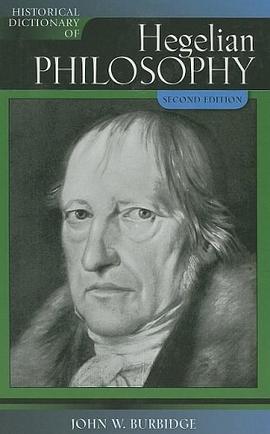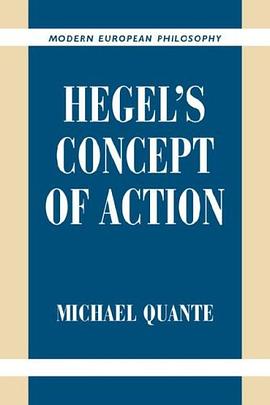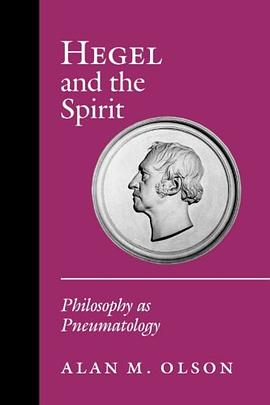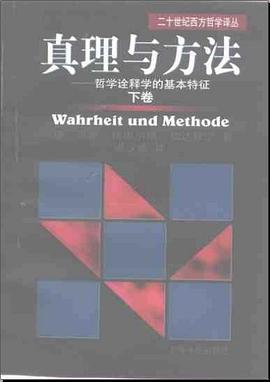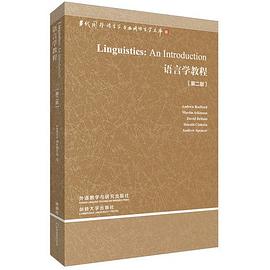

具体描述
作者简介
目录信息
List of illustrations
List of tables
Preface to the second edition
A note for course organisers and class teachers
Introduction
Linguistics
Developmental linguistics
Psycholinguistics
Neurolinguistics
Sociolinguistics
Exercises
Further reading and references
Part Ⅰ Sounds
1 Introduction
Sounds and suprasegmentals
Consonants
Vowels
Suprasegmentals
Exercises
Sound variation
Linguistic variables and sociological variables
Stylistic variation
Linguistically determined variation
Variation and language change
Exercises
Sound change
Consonant change
Vowel change
The transition problem: regular sound change versus lexical
diffusion
Suprasegmental change
Exercises
Phonemes, syllables and phonological processes
Phonemes
Syllables
Syllabification and the Maximal Onset Principle
Phonological processes
Phonological features
Features and processes
Constraints in phonology
Exercises
Child phonology
Early achievements
Phonological processes in acquisition
Perception, production and a dual-lexicon model
Exercises
Processing sounds
Speech perception
Speech production
Other aspects of phonological processing
Exercises
Further reading and references
Part Ⅱ Words
8 Introduction
9 Word classes
Lexical categories
Functional categories
The morphological properties of English verbs
Exercises
10 Building words
Morphemes
Morphological processes - derivation and inflection
Compounds
Clitics
Allomorphy
Exercises
11 Morphology across languages
The agglutinative ideal
Types of morphological operations
Exercises
12 Word meaning
Entailment and hyponymy
Meaning opposites
Semantic features
Dictionaries and prototypes
Exercises
13 Children and words
Early words - a few facts
Apprentices in morphology
The semantic significance of early words
Exercises
14 Lexical processing and the mental lexicon
Serial-autonomous versus parallel-interactive processing models
On the representation of words in the mental lexicon
Exercises
15 Lexical disorders
Words and morphemes in aphasia
Agrammatism
Paraphasias
Dissociations in SLI subjects' inflectional systems
Exercises
16 Lexical variation and change
Borrowing words
Register: words for brain surgeons and soccer players,
hairdressers and lifesavers
Biscuit or cookie? Variation and change in word choice
Same word - new meaning
Variation and change in morphology
Exercises
Further reading and references
Part Ⅲ Sentences
17 Introduction
18 Basic terminology
Categories and functions
Complex sentences
The functions of clauses
Exercises
19 Sentence structure
Merger
Tests for constituency
Agreement, case assignment and selection
Exercises
20 Empty categories
Empty T constituent
PRO: the empty subject of infinitive clauses
Covert complements
Empty cnmplementisers
Empty determiners
Exercises
21 Movement
Head movement
Operator movement
Yes-no questions
Other types of movement
Exercises
22 Syntactic variation
Inversion in varieties of English
Syntactic parameters of variation
The Null Subject Parameter
Parametric differences between English and German
Exercises
23 Sentence meanings and Logical Form
Preliminaries
Thematic roles
A philosophical diversion
Covert movement and Logical Form
Exercises
24 Children's sentences
Setting parameters: an example
Null subjects in early Child English
Non-finite clauses in Child English
Children's nominals
Exercises
25 Sentence processing
Click studies
Processing empty categories
Strategies of sentence processing
Exercises
26 Syntactic disorders
Agrammatism
Paragmmmatism
Specific Language Impairment (SLI)
Exercises
27 Using sentences
Context and pronouns
Topic/focus
Presuppositions
Doing things with words
The logic of conversation
Context and coherence
Relevance Theory
Taking turns
Exercises
Further reading and references
Conclusion
Appendix I The International Phonetic Alphabet
Appendix 2 Phonological distinctive features
Appendix 3 Distinctive feature matrix for English consonant phonemes
Bibliography
Index
· · · · · · (收起)
List of tables
Preface to the second edition
A note for course organisers and class teachers
Introduction
Linguistics
Developmental linguistics
Psycholinguistics
Neurolinguistics
Sociolinguistics
Exercises
Further reading and references
Part Ⅰ Sounds
1 Introduction
Sounds and suprasegmentals
Consonants
Vowels
Suprasegmentals
Exercises
Sound variation
Linguistic variables and sociological variables
Stylistic variation
Linguistically determined variation
Variation and language change
Exercises
Sound change
Consonant change
Vowel change
The transition problem: regular sound change versus lexical
diffusion
Suprasegmental change
Exercises
Phonemes, syllables and phonological processes
Phonemes
Syllables
Syllabification and the Maximal Onset Principle
Phonological processes
Phonological features
Features and processes
Constraints in phonology
Exercises
Child phonology
Early achievements
Phonological processes in acquisition
Perception, production and a dual-lexicon model
Exercises
Processing sounds
Speech perception
Speech production
Other aspects of phonological processing
Exercises
Further reading and references
Part Ⅱ Words
8 Introduction
9 Word classes
Lexical categories
Functional categories
The morphological properties of English verbs
Exercises
10 Building words
Morphemes
Morphological processes - derivation and inflection
Compounds
Clitics
Allomorphy
Exercises
11 Morphology across languages
The agglutinative ideal
Types of morphological operations
Exercises
12 Word meaning
Entailment and hyponymy
Meaning opposites
Semantic features
Dictionaries and prototypes
Exercises
13 Children and words
Early words - a few facts
Apprentices in morphology
The semantic significance of early words
Exercises
14 Lexical processing and the mental lexicon
Serial-autonomous versus parallel-interactive processing models
On the representation of words in the mental lexicon
Exercises
15 Lexical disorders
Words and morphemes in aphasia
Agrammatism
Paraphasias
Dissociations in SLI subjects' inflectional systems
Exercises
16 Lexical variation and change
Borrowing words
Register: words for brain surgeons and soccer players,
hairdressers and lifesavers
Biscuit or cookie? Variation and change in word choice
Same word - new meaning
Variation and change in morphology
Exercises
Further reading and references
Part Ⅲ Sentences
17 Introduction
18 Basic terminology
Categories and functions
Complex sentences
The functions of clauses
Exercises
19 Sentence structure
Merger
Tests for constituency
Agreement, case assignment and selection
Exercises
20 Empty categories
Empty T constituent
PRO: the empty subject of infinitive clauses
Covert complements
Empty cnmplementisers
Empty determiners
Exercises
21 Movement
Head movement
Operator movement
Yes-no questions
Other types of movement
Exercises
22 Syntactic variation
Inversion in varieties of English
Syntactic parameters of variation
The Null Subject Parameter
Parametric differences between English and German
Exercises
23 Sentence meanings and Logical Form
Preliminaries
Thematic roles
A philosophical diversion
Covert movement and Logical Form
Exercises
24 Children's sentences
Setting parameters: an example
Null subjects in early Child English
Non-finite clauses in Child English
Children's nominals
Exercises
25 Sentence processing
Click studies
Processing empty categories
Strategies of sentence processing
Exercises
26 Syntactic disorders
Agrammatism
Paragmmmatism
Specific Language Impairment (SLI)
Exercises
27 Using sentences
Context and pronouns
Topic/focus
Presuppositions
Doing things with words
The logic of conversation
Context and coherence
Relevance Theory
Taking turns
Exercises
Further reading and references
Conclusion
Appendix I The International Phonetic Alphabet
Appendix 2 Phonological distinctive features
Appendix 3 Distinctive feature matrix for English consonant phonemes
Bibliography
Index
· · · · · · (收起)
读后感
评分
评分
评分
评分
评分
用户评价
评分
评分
评分
评分
评分
相关图书
本站所有内容均为互联网搜索引擎提供的公开搜索信息,本站不存储任何数据与内容,任何内容与数据均与本站无关,如有需要请联系相关搜索引擎包括但不限于百度,google,bing,sogou 等
© 2025 book.quotespace.org All Rights Reserved. 小美书屋 版权所有

